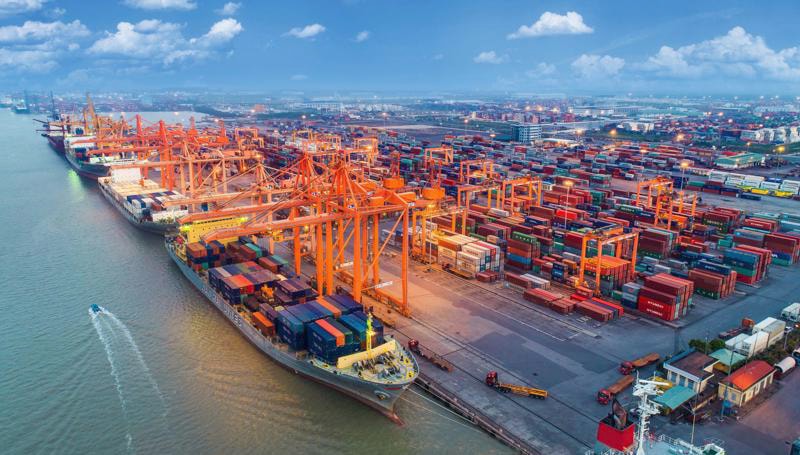
Interest rates will increase slightly?
The Asian Development Outlook (ADO) published by the Asian Development Bank (ADB) in late July 2025 stated that Vietnam’s economy will remain resilient in 2025 and 2026, although growth may slow down in the short term due to tariff pressures. Notably, ADB forecasts that inflation will fall to 3.9% in 2025 and 3.8% in 2026.
Standard Chartered Bank also lowered its 2025 inflation forecast to 3.5% (from 3.8% previously). Inflation has moderated in recent months, with headline inflation remaining below 4.0% year-on-year for the 11th consecutive month through June. This trend could limit room for further monetary easing and prompt policymakers to maintain a more neutral stance.
“Demand-driven factors could add to inflationary pressures in the near term. Rising inflation coupled with a persistent weakening of the VND could make it difficult to cut interest rates. Therefore, we expect the refinancing rate to remain unchanged for the remainder of 2025,” said Nguyen Thuy Hanh, CEO and Head of Corporate and Investment Banking, Standard Chartered Bank Vietnam.
Director of Research at MB Securities (MBS) Tran Thi Khanh Hien commented that although there is still room to further reduce interest rates in the third quarter of 2025, by the fourth quarter of 2025, deposit interest rates may increase slightly as credit growth tends to increase sharply towards the end of the year.
Sharing the same view, a representative of KB Securities Company (KBSV) said that the strong loan growth is putting pressure on liquidity for banks. Although bank liquidity is supported by increasing treasury deposits at state-owned banks, liquidity may be tight at some points, especially during the credit boost period at the end of the year. "It is not excluded that mobilization interest rates may increase slightly again from the fourth quarter of 2025," said an expert from KBSV.
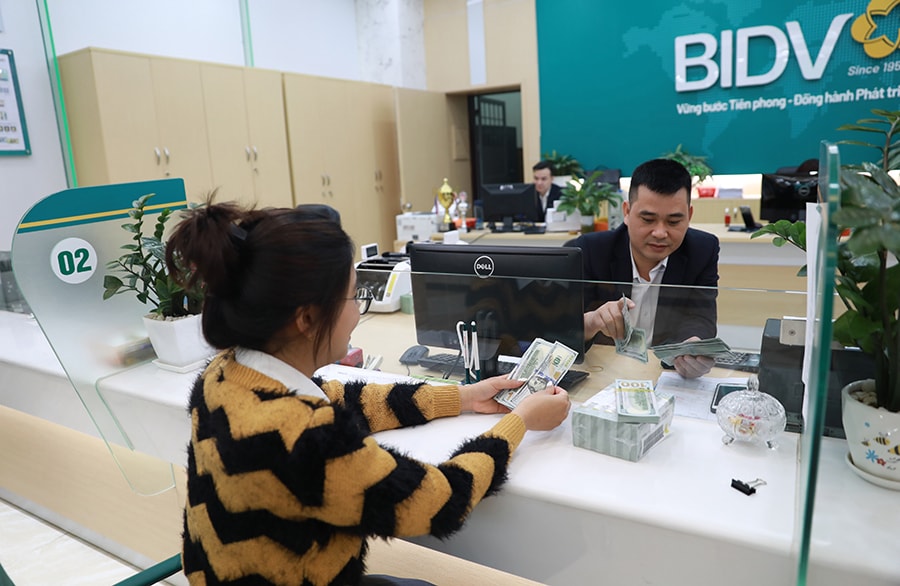
Two main factors influencing exchange rate pressure
A BIDV leader commented that, entering the third quarter of 2025, the main factor influencing exchange rate movements will still be the tariff issue with mixed and conflicting impacts from the interest rate policy of the US Federal Reserve (FED).
Vietnam’s temporary advantage in announcing lower tax rates than Brazil, Thailand, Indonesia, Malaysia, etc. will support positive market sentiment in the short term. The scale of net selling by foreign investors in the stock market is also expected to slow down. Since the beginning of July, foreign investors have net bought about 400 million USD.
In addition, basic components such as disbursement of foreign direct investment capital, trade balance... are expected to remain positive because the third quarter is usually the peak of cyclical trade surplus, although the level may decrease compared to previous years due to export activities being boosted since the second quarter. In addition, the interest rate differential is expected to be more stable than in the second quarter, which is also a factor that may limit the increase in exchange rates.
Specifically, in the period from late June to early July, the State Bank has taken more cautious steps to regulate money supply by withdrawing treasury bills and coordinating with the State Treasury's deposit channel to reduce excess VND liquidity, bringing the interest rate gap to a more reasonable range to limit pressure on the exchange rate.
“However, on the other hand, risks from transit goods (subject to 40% tax) and the actual negotiation ability of other countries are still unknowns that need to be cautious. In addition, the fact that the FED is expected to continue to keep interest rates at 4.25-4.5%/year at least until the meeting at the end of September will lead to high demand for holding foreign currency and paying foreign loans. Foreign currency supply and demand may therefore improve compared to the second quarter but will still be less abundant (estimated deficit of about 0.5 billion USD in the base scenario). The exchange rate increase is also expected to slow down in the third quarter. However, risks may be under greater pressure to increase, above the selling price range in the scenario where the actual tariff is more negative than expected,” said the BIDV leader.
Pham Chi Quang, Director of the Monetary Policy Department (State Bank), said that although the economy has shown signs of recovery, data from the General Statistics Office shows that the number of businesses withdrawing from the market is still very high. Although the number of newly established businesses has increased, it is still not equal to the number of businesses closing down. This shows that the internal recovery is still weak and GDP growth in the second half of the year is still unsustainable. That will affect the management of monetary policy, interest rates and exchange rates. Therefore, the State Bank will have appropriate solutions to ensure that the legitimate foreign currency needs of businesses and people are fully met.
Source: https://hanoimoi.vn/chinh-sach-tien-te-neo-giu-lam-phat-ho-tro-tang-truong-710704.html




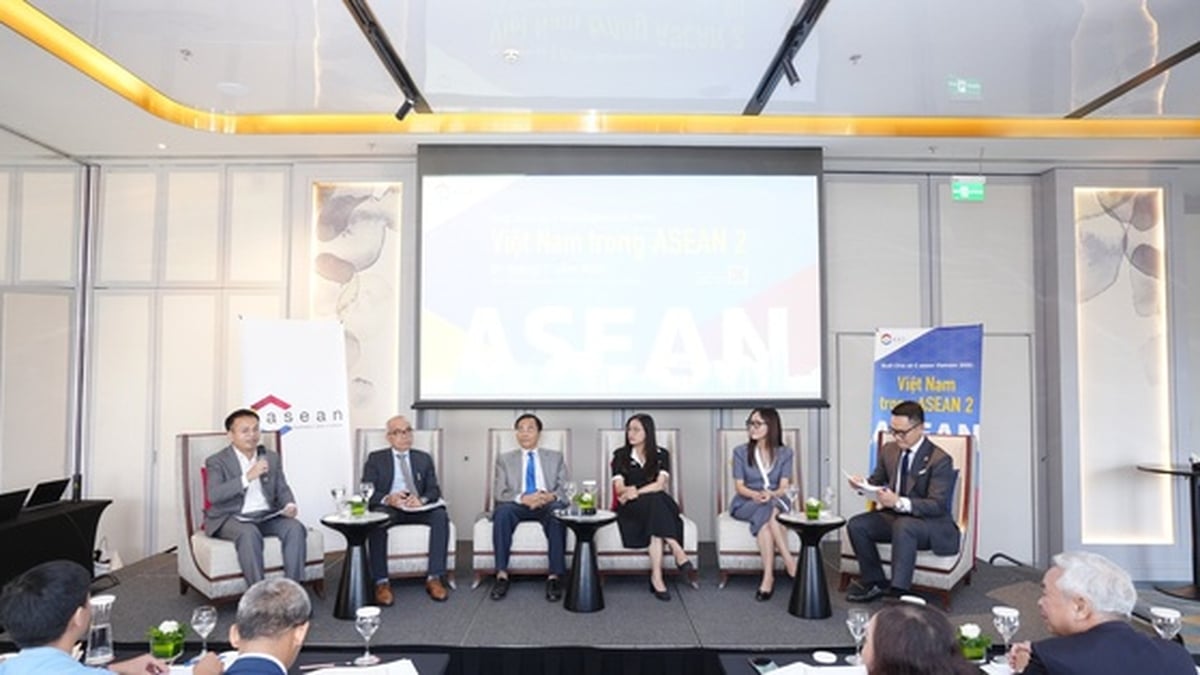
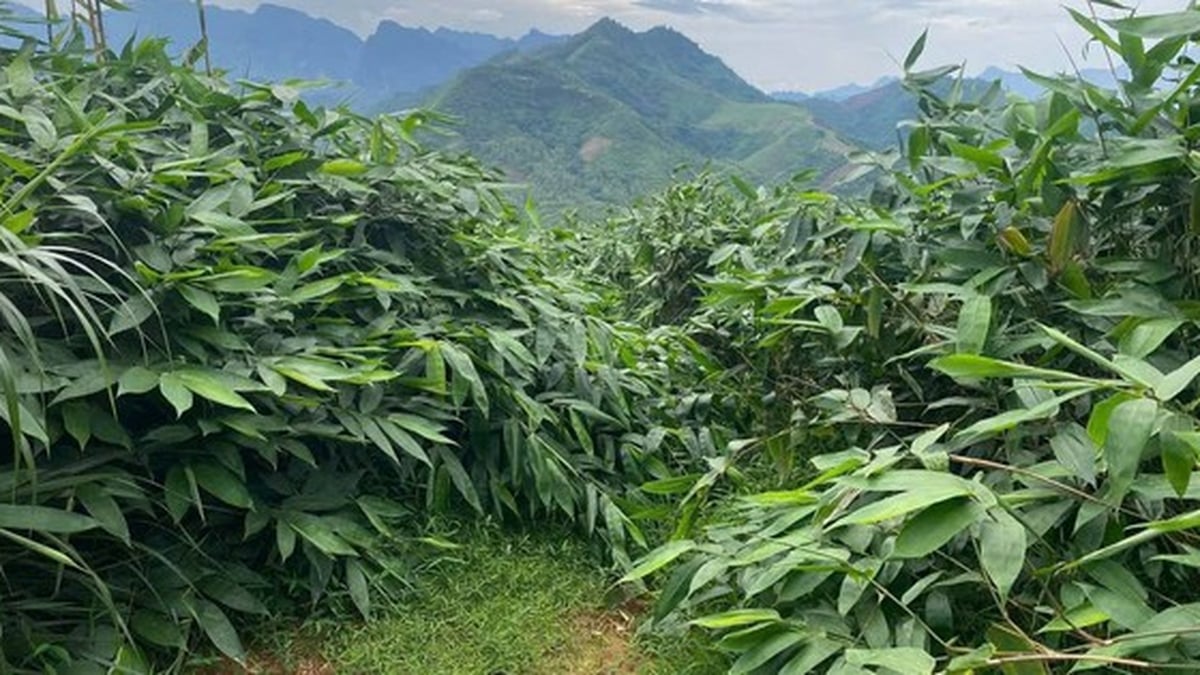
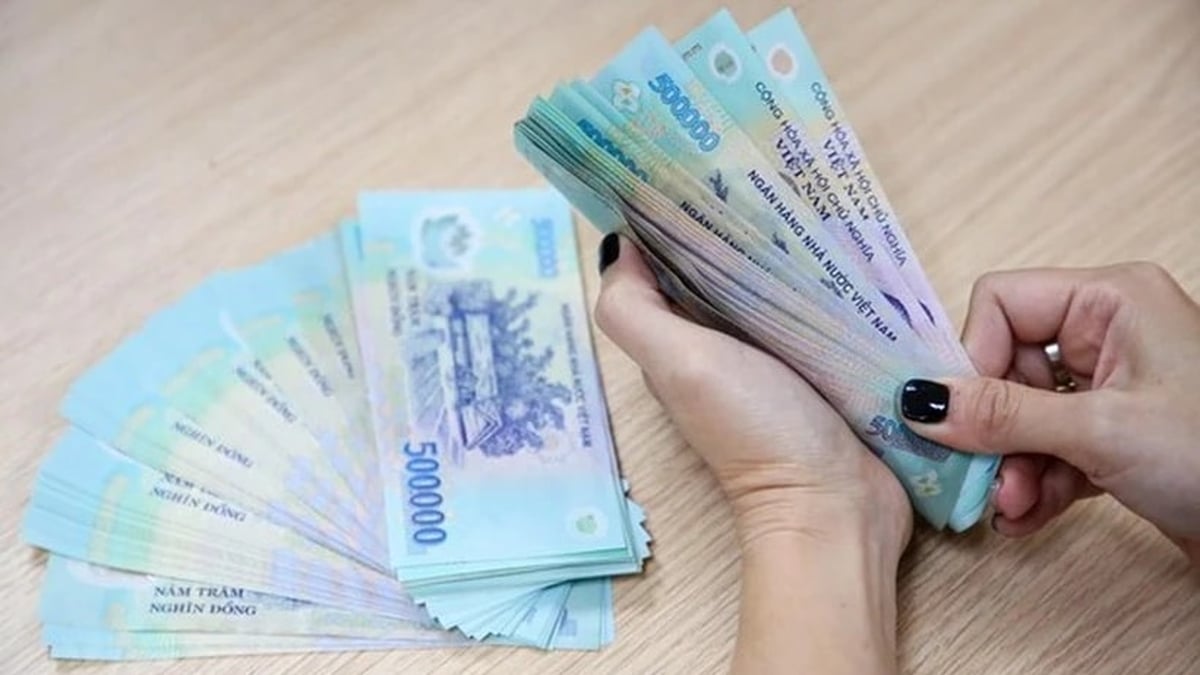
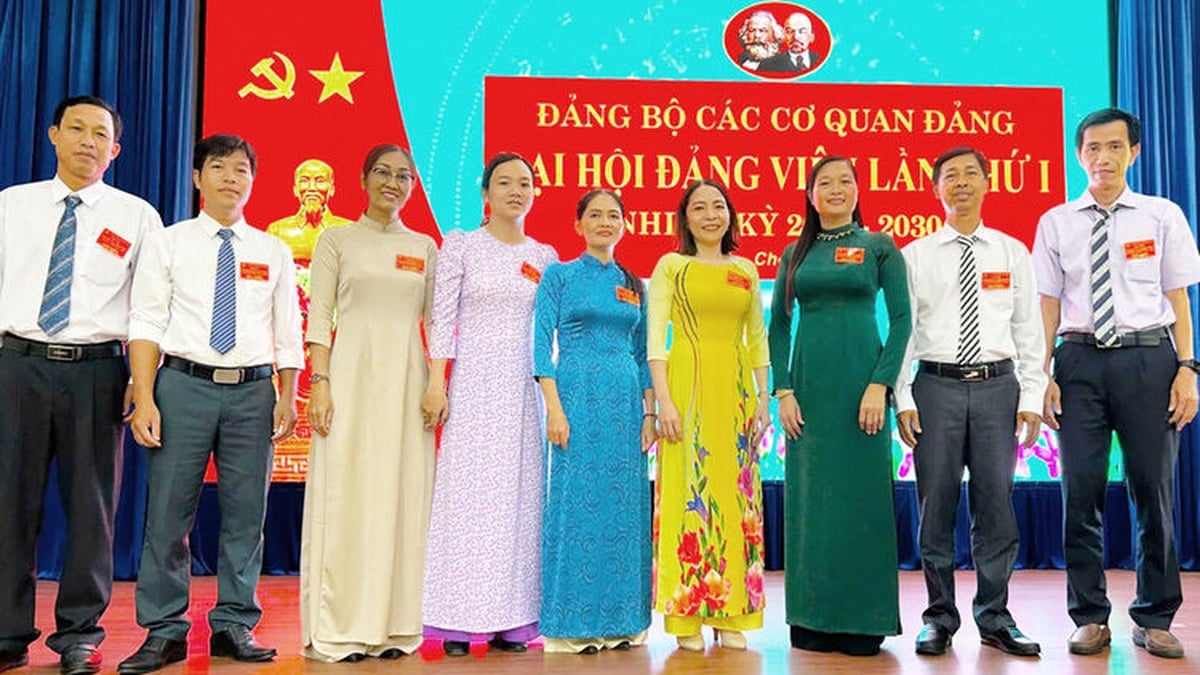
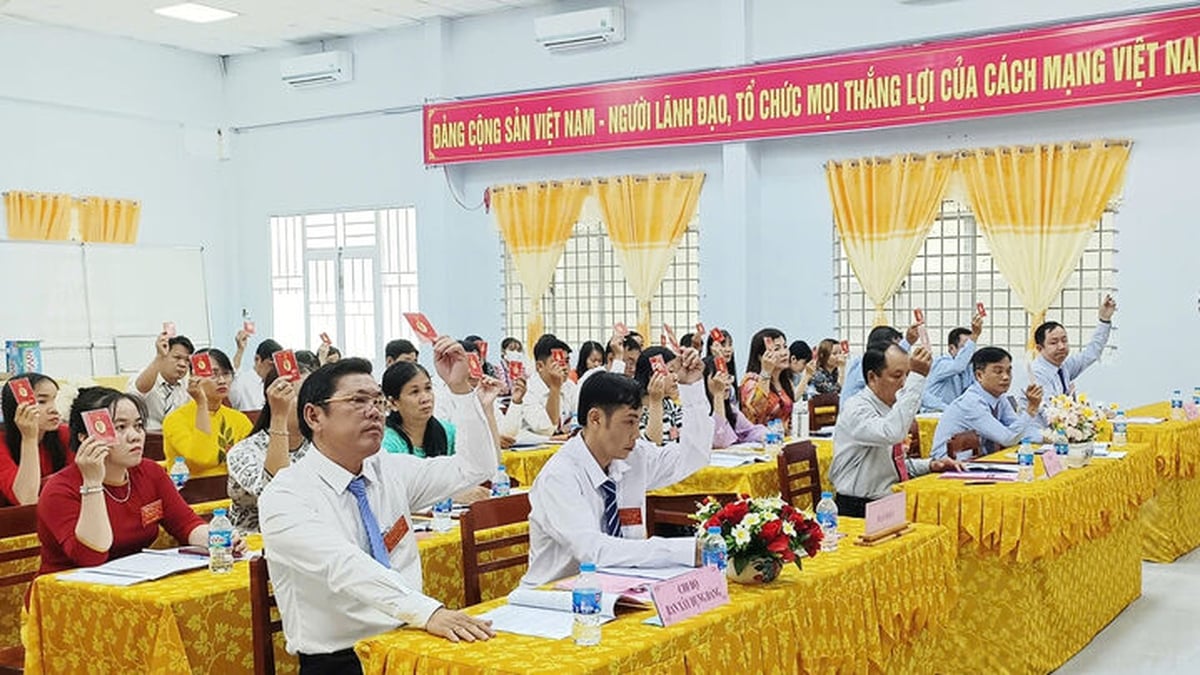
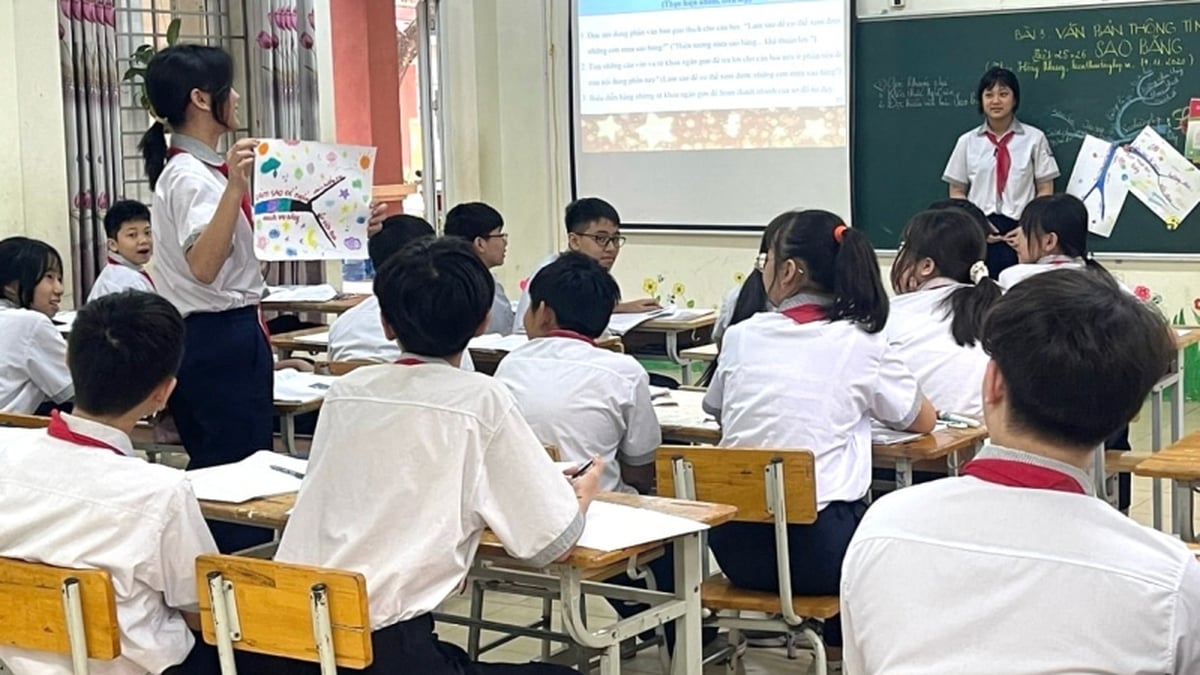
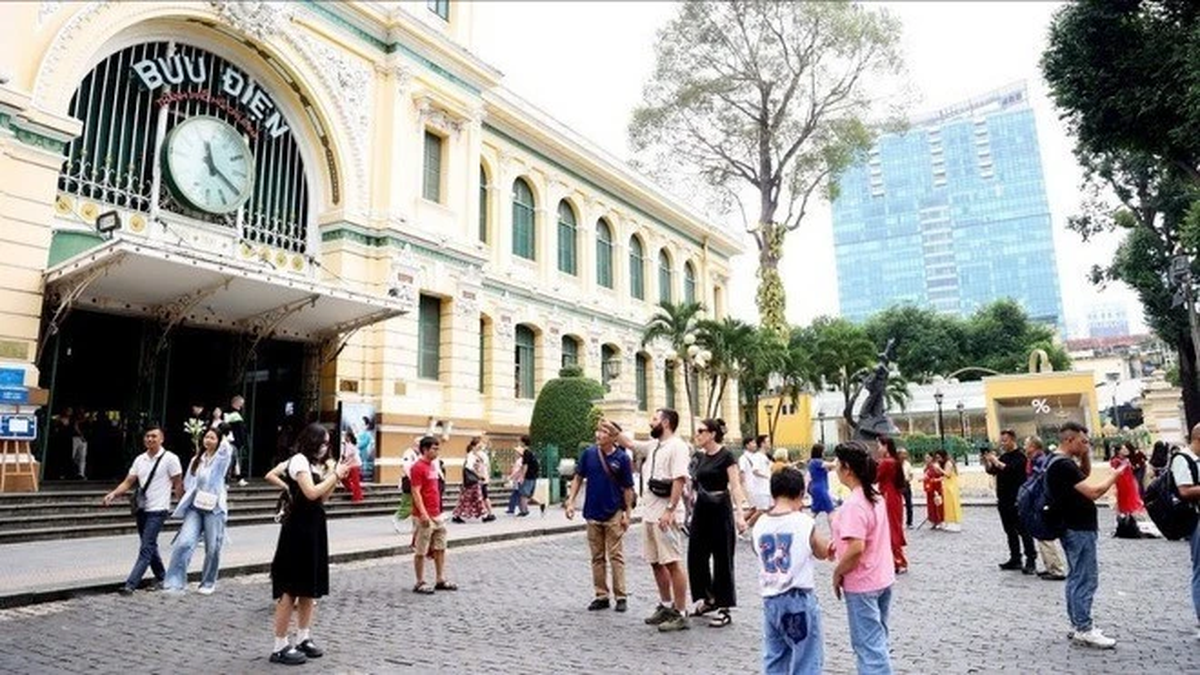
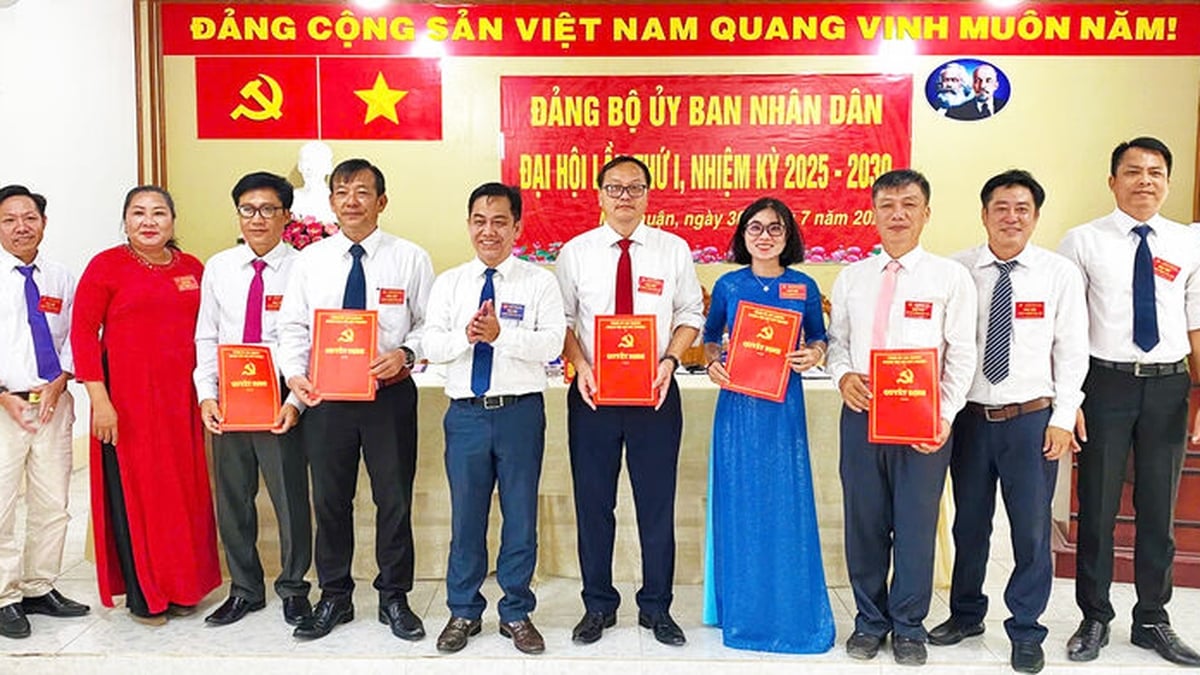



































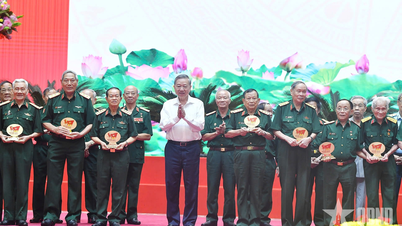




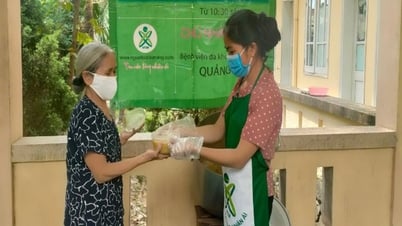



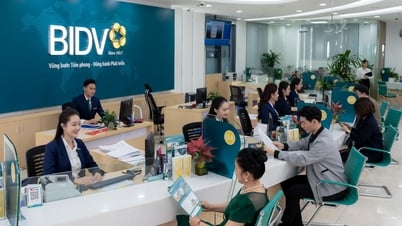








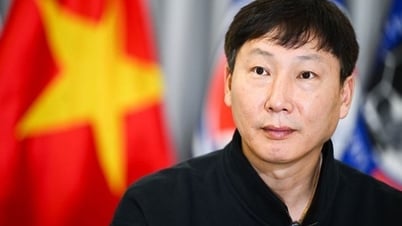




















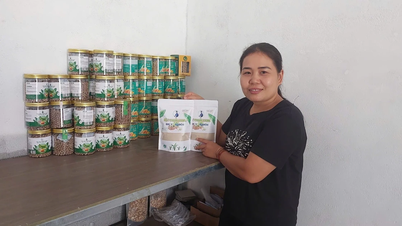













Comment (0)